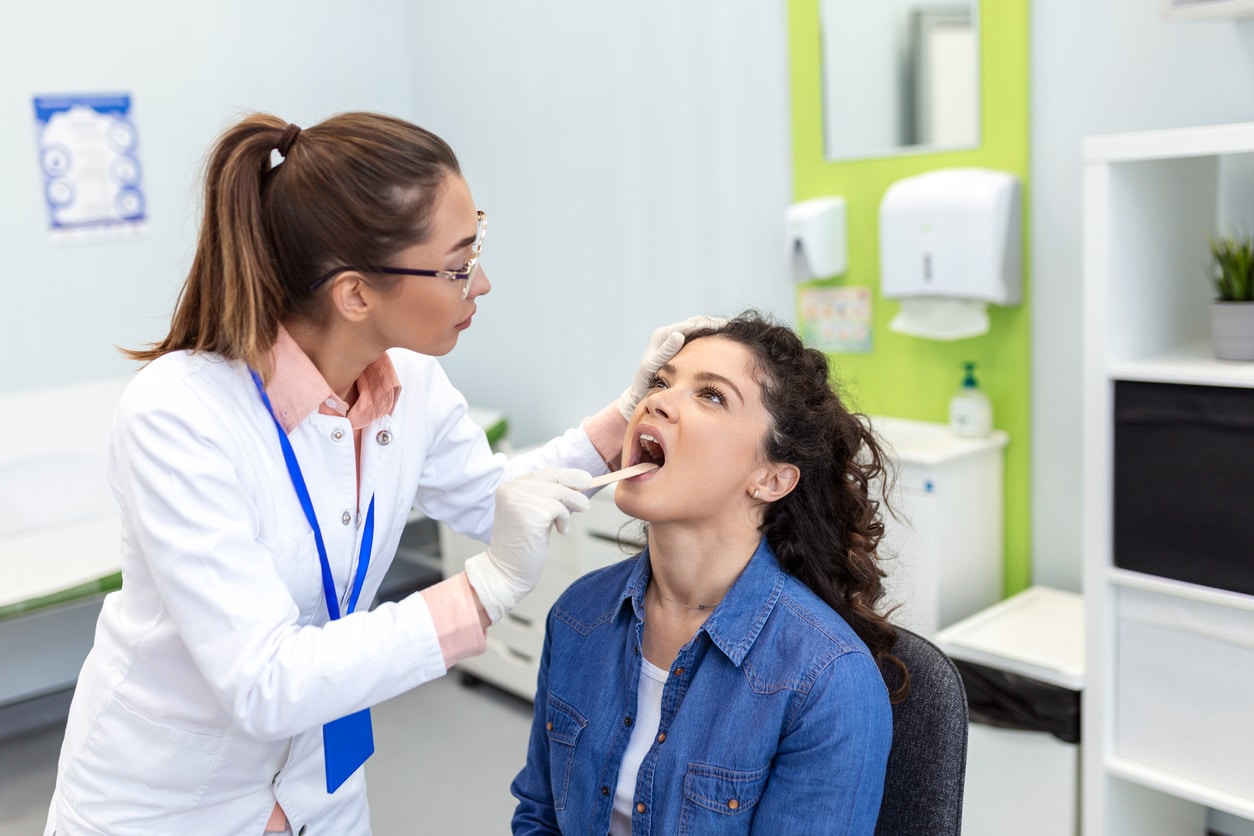The Most Common ENT Issues and How We Help Solve Them
People of all ages are susceptible to ear, nose, and throat (ENT) disorders, which significantly interfere with day-to-day functions. We treat a variety of...
Posted on January 26, 2024
ENTYou may have heard the term “voice box” before. Your voice box, also called your larynx, sits above your trachea (windpipe) and behind your esophagus. It makes it possible for you to call out to your friends at Armentrout Preserve, talk on the phone and sing your favorite songs. Not only does your voice box help you make sounds, but it also lets air pass from your throat to your trachea and lungs.
Your ENT specialist may recommend a direct laryngoscopy to look at your voice box if you’re experiencing hoarseness or if they suspect you have laryngitis or laryngeal cancer. Let’s take a look at what you can expect from a direct laryngoscopy to help you prepare in the event that you need one.

If you’re having a surgical laryngoscopy, our ENT specialist will likely talk to you about a few pre-surgery steps, which may include:
These steps may not apply if you are having an in-clinic laryngoscopy.
In-clinic and surgical laryngoscopies will differ slightly. Most in-clinic laryngoscopy will follow these steps:
A surgical laryngoscopy will follow similar steps, but use a special laryngoscope inserted through your mouth.
Following an in-clinic laryngoscopy, your nose and throat may feel numb. This will usually wear off within 20 minutes. Your ENT specialist will likely recommend you avoid eating or drinking while your mouth and throat are numb.
Following a surgical laryngoscopy, you will move to a recovery room until your anesthesia wears off so your provider can watch for possible complications. You may experience hoarseness or a sore throat following surgery. A sore throat is the most common complication from surgical laryngoscopies, with 14% to 57% of patients experiencing soreness.
If you are exhibiting hoarseness or other voice box or throat issues, contact today to make an appointment with one of our specialists.
People of all ages are susceptible to ear, nose, and throat (ENT) disorders, which significantly interfere with day-to-day functions. We treat a variety of...
Voice disorders can affect anyone and are classified as such when you have a problem with pitch, tone or other qualities of your voice....
Sleep is essential to your health and well-being, yet many people struggle to get their full eight hours. One often overlooked obstacle to a...
Breathing disorders in children can be concerning for parents and caregivers. Understanding common pediatric breathing disorders and their treatments can help in managing these...